| Name | Agricola Lacrimal Sac Retractor |
| Lead Time | Lead time advised within 48 hours of order placement. |
| Competitor | ;OP330;350142;350-142;34514;3-4514;601416;60-1416;K1-9550;K19550;6014-16; |
| Specialty | Ophthalmology-Retractors |
| Material Finish | Stainless Steel |
| Grade | Premium Operating Room |
| Units of Measurement | Each |
| Manufacturer | Tool Tectra |
| Sterility | Non-Sterile |
| Usage | Reusable |
Agricola Lacrimal Sac Retractor
3×3 sharp prongs, 1-9/16″ (4.0 cm) Agricola Lacrimal Sac Retractor is a specialized tool during dacryocystectomy procedures. The instrument is designed to widen the edges of the skin incision, exposing the lacrimal sac. The retractor features 3×3 sharp prongs designed to quickly and effectively spread tissue for maximum exposure.
SKU:
TT-SI-8721
Category: RETRACTORS
Description
Reviews (0)
Be the first to review “Agricola Lacrimal Sac Retractor” Cancel reply
Shipping & Delivery
Related products
Stevenson Lacrimal Sac Retractor – Solid Serrated Blades
SKU:
TT-SI-7964
solid, serrated blades, 20.0 mm spread, 3-1/3" (8.5 cm) Stevenson Lacrimal Sac Retractor is a specialized tool during dacryocystectomy procedures. The instrument is designed to widen the edges of the skin incision, exposing the lacrimal sac. The retractor features serrated tips designed to minimize tissue slippage. Up to a 20.0 mm spread can be achieved to accommodate patient variation.
Stevenson Lacrimal Sac Retractor – Curved Teeth
SKU:
TT-SI-4956
curved teeth, 20.0 mm spread, 3-1/3" (8.5 cm) Stevenson Lacrimal Sac Retractor is a specialized tool during dacryocystectomy procedures. The instrument is designed to widen the edges of the skin incision, exposing the lacrimal sac. The retractor features blunt prongs designed to minimize disuse damage. Up to a 20.0 mm spread can be achieved to accommodate patient variation.
Rosenbaum-Drews Iris Retractor
SKU:
TT-SI-4842
4.0 mm wide blade, delrin, 5-1/8" (13.0 cm) Rosenbaum-Drews Iris Retractor is a useful tool in cataract and refractive procedures. The retractors features a 4.0mm wide blade designed to selectively retract the iris tissue with minimal tissue damage. The heavy-set handle aids in creating a firm grip for the physician or assistant. The retractor is angled left or right depending on surgical preference.
Schepens Orbital Retractor
SKU:
TT-SI-5219
smooth 14.0 mm x 57.0 mm blade w/ notched end, 4.5 mm wide notch, 6" (15.0 cm) Schepens Orbital Retractor is a tool used in select retinal detachment cases. The retractor is especially useful in performing the scleral buckle procedure, in which the sclera is pushed against the detached retina to heal together.
Graether Collar Button On Handle
SKU:
TT-SI-4129
Graether Collar Button On Handle is a useful tool for cataract and refractive surgeries. The collar is useful to stretching the pupil by selectively retracting portions of the iris tissue, effectively exposing the underlying lens capsule. Both straight and angled models are available depending on surgical preference.
Desmarres Lid Retractor
SKU:
TT-SI-7579
stainless, 5-1/2" (14.0 cm) Desmarres Lid Retractor is a specialized tool for a variety of ophthalmologic procedures. The retractor is placed on the conjunctival surface to pull the lid away from the cornea and deeper structures during a procedure. Five different sizes are available depending on patient variation.
Desmarres Lid Retractor – Insulated
SKU:
TT-SI-9192
insulated, non-conductive, 5-1/2" (14.0 cm) Desmarres Lid Retractor is a specialized tool for a variety of ophthalmologic procedures. The retractor is placed on the conjunctival surface to pull the lid away from the cornea and deeper structures during a procedure. The insulated, non-conductive tip is ideal for surgeries involving electrodes or cauterization. Three different sizes are available depending on patient variation.

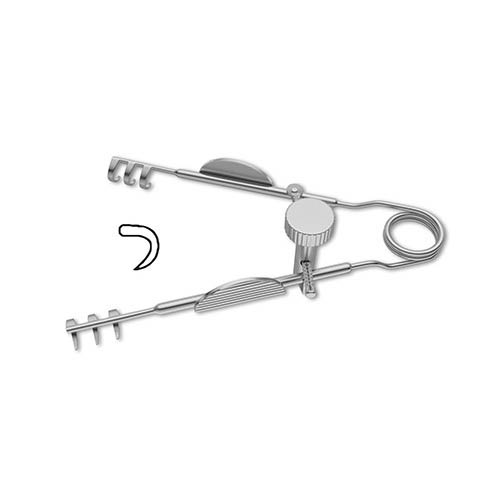

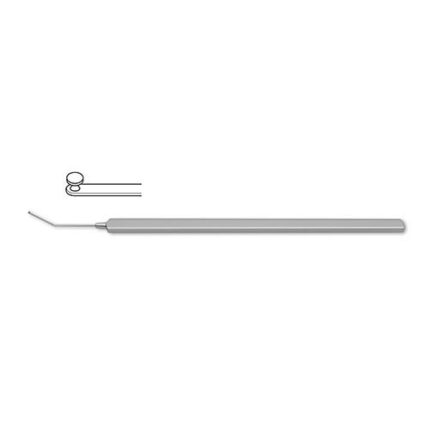

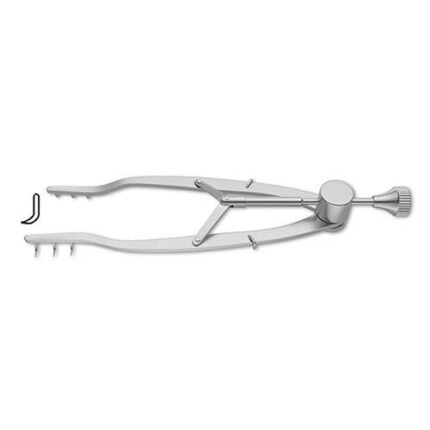
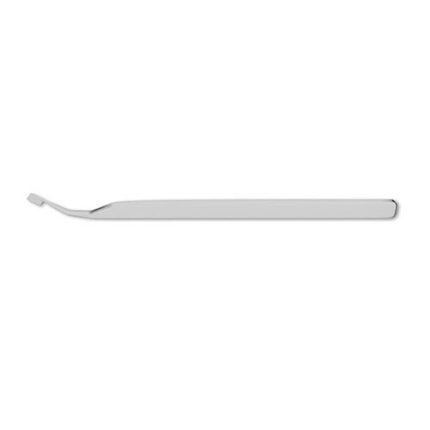
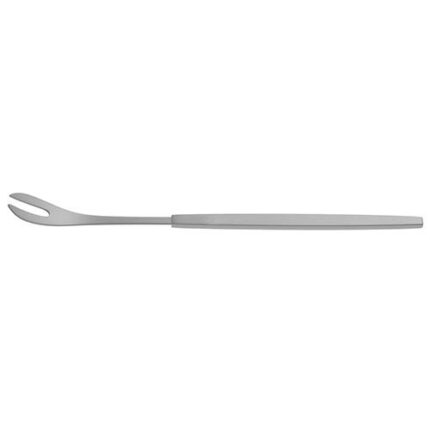
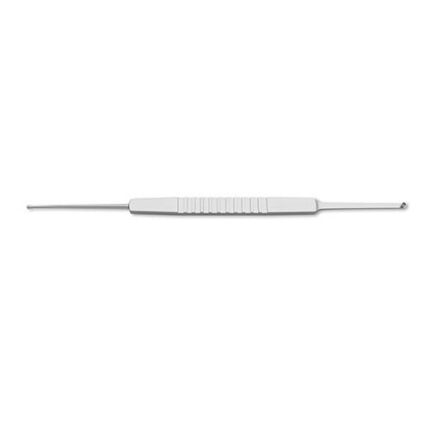
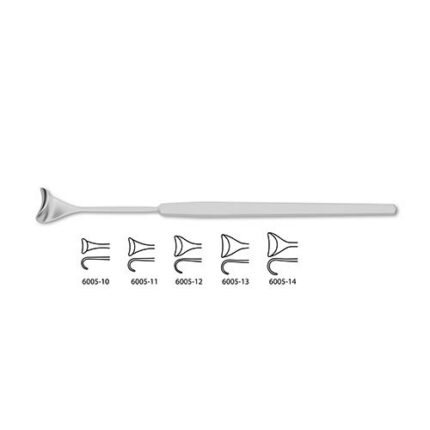
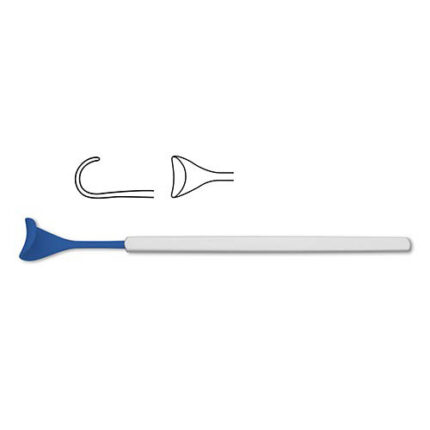

Reviews
There are no reviews yet.